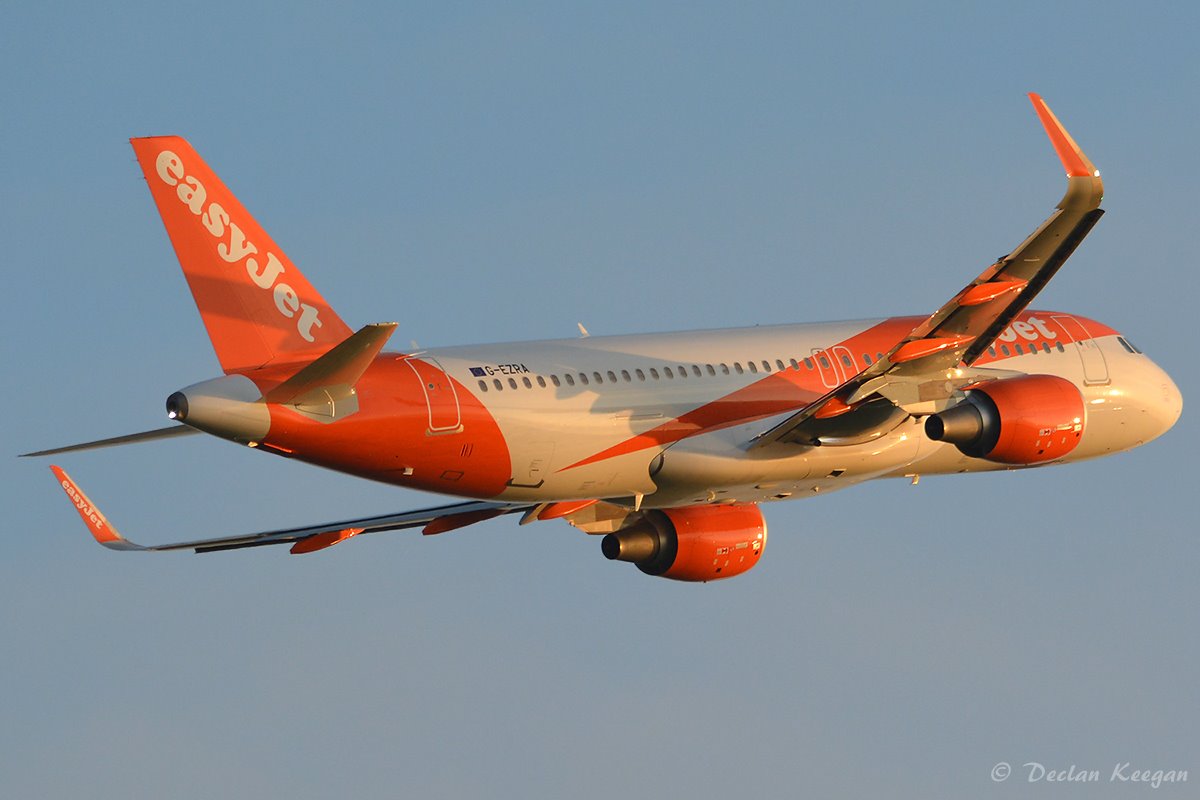
Despite efforts to recruit more female pilots, low-cost British airline easyJet has actually reported a widening gender pay gap for 2018/2019. Not to be confused with unequal pay (which is illegal), the gender pay gap is a way of measuring the difference in the average hourly wage of all men and women working for a particular company.
The aviation industry has traditionally had a wider than average gender pay gap – one of the primary reasons cited by airlines is down to the fact that highly paid pilots are overwhelmingly male, while cabin crew who make up a large proportion of airline workers are predominantly female. The gender pay gap isn’t helped either by the majority of board level jobs being held by men.
Since last year, the British government has made large companies publish detailed figures on the gender gay pay gap and it highlighted just how far behind airlines are in narrowing the gap compared to other industries. All British-based airlines have acknowledged they have a problem and need to do more but the latest figures demonstrate just how difficult that’s going to be.
In 2017, the average gender pay gap at easyJet was 45.5% but figures for 2018 reveal the gap has widened to 47.9%. easyJet said its figures had been adversely affected by declining numbers of male cabin crew – which may go to prove that airlines need to do much, much more to encourage diversity across all work groups including pilots, cabin crew and in STEM careers such as engineering and IT.
“The current gender imbalance in both our pilot and crew community which make up more than 80% of our UK employees is the biggest single factor influencing our pay gap. Improving the gender balance in the pilot community is a real focus for us and I believe that no other airline is doing more on this issue,” explained easyJet’s chief executive, Johan Lundgren.
Pointing to the Amy Johnson initiative as just one way easyJet was encouraging more female pilots, Lundgren said the airline now had 222 female pilots. Up from 128 female pilots in 2015. Around 18% of new entrant pilots will be female this year and easyJet claims it’s on track to reach it 20% target by next year.
So far, only three UK-based airlines have reported their gender pay gap figures for 2018/2019. Virgin Atlantic reported a 30% gap – up from 27.2% in 2018 but still far lower than most British carriers. Leisure airline TUI Fly reported a gender pay gap of 42.5% which was down nearly five points on last years figures.
Other airlines that are still to report their gender pay gap include British Airways, Ryanair UK, Norwegian, Jet2 and Thomas Cook Airlines. Last year, Ryanair UK reported the highest gender pay gap – coming in at a huge 71.8%, while British Airways reported a gap of just 10% – the lowest of any British airline.
The issue of gender equality has become a hot topic in the aviation industry and there are signs it is finally being taken seriously. The International Air Transport Association (IATA) recently announced it wanted to encourage and develop greater diversity in the industry with the launch of a new diversity and inclusion awards programme.
Even Akbar Al Baker, the chief executive of Qatar Airways, who has linked to several apparently sexist comments recently admitted “gender balance is by far not equal” in the aviation industry and more needs to be done.
The CEO of Ryanair, Michael O’Leary told journalists earlier this month that he wanted a woman to replace him when he stepped down. “I would want someone who has the opposite of my limited skill set. Someone female, empathetic, caring, kind, as opposed to a rapacious bastard like me,” he was quoted as saying.
Related
Mateusz Maszczynski honed his skills as an international flight attendant at the most prominent airline in the Middle East and has been flying ever since... most recently for a well known European airline. Matt is passionate about the aviation industry and has become an expert in passenger experience and human-centric stories. Always keeping an ear close to the ground, Matt's industry insights, analysis and news coverage is frequently relied upon by some of the biggest names in journalism.







